Cement M400: composition and application
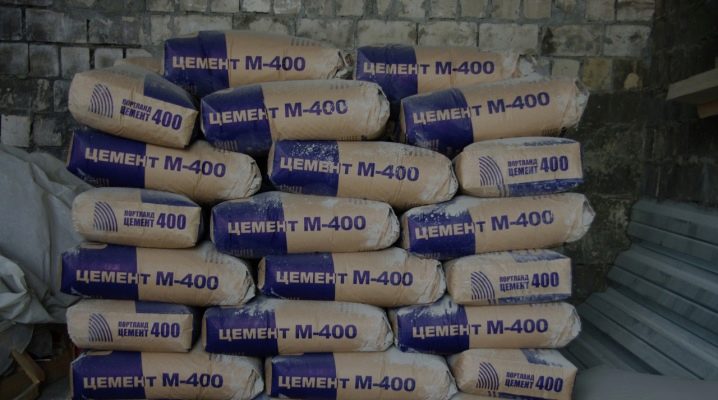
Very often, during construction and finishing work, M400 cement is used. It is a versatile material: it has good strength, it is convenient to work with, and the finished product has good appearance and durability. However, not everyone knows what lies in the marking of this cement.
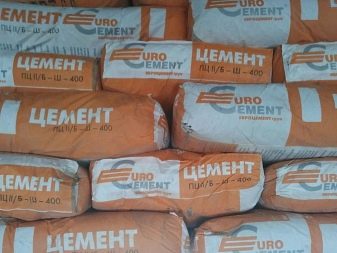
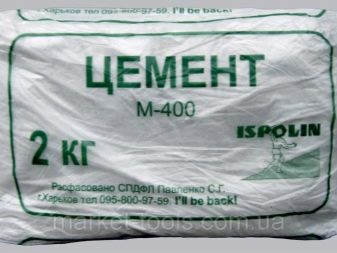
Peculiarities
This mixture belongs to the category of Portland cements, therefore it often has the letters PC in its designation. It is named so in honor of the town of Portland in Great Britain, because in appearance it resembles the natural stone mined there.


The number 400 is an indicator of the maximum strength of a cement product. M400 marking means that a product made of it is capable of withstanding a compressive load of 400 kg per 1 cm3.
The letter D with a number following it denotes the presence and amount of additives that improve various characteristics of the cement. The figure shows the percentage of additives in the bulk of the clinker.
According to the new GOST 31108-2016 "Cements for general construction", the product of this brand has a more detailed designation: it contains information about the presence of additives and their type, as well as the strength class. For example, the cement grade CEM II / A-P 32.5 indicates the presence of clinker in an amount of 80-94%, as well as mineral additives in the form of pozzolan. The number at the end of the mark means a compressive strength of at least 32.5 MPa at the age of cement 28 days.
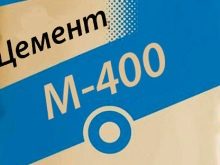
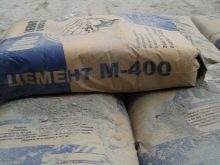
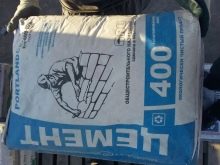
Types and characteristics
Despite the fact that GOST for construction cements, issued instead of GOST 31108-2003, suggests a new designation for brands of construction mixtures, many are still guided by the old numbers and letters. Therefore, manufacturers, in an effort to facilitate consumer choice, indicate the following labeling on the packaging:
- M400 D0 - does not contain any additives and consists only of clinker. This mass is characterized by high frost resistance, medium speed of solidification and deformation during shrinkage. As a rule, this is a mixture for general construction purposes.
- M400 D5 - contains up to 5% additives that improve the water-repellent properties of the product and increase resistance to corrosion. Recommended for the construction of load-bearing structures and floors.
- M400 D20 - it contains up to 20% of active additives, making it possible to use it both for residential and industrial premises. Such cement is used both in Russia and in Europe. It has very good frost resistance and is excellent for underwater structures as it is water resistant.

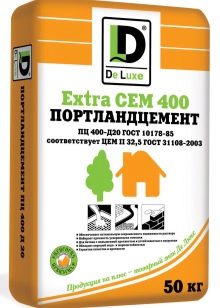
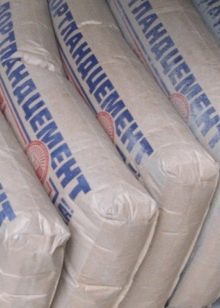
Oddly enough, but the increase in additives in cement leads to a decrease in its cost. The most expensive is the M400 D0 brand, and the more budgetary option is the M400 D20.
There are also specific types of cement that give the product the required properties. For example, a sulfate-resistant composition that allows the use of cement products in aggressive environments and mineral waters. Products with such cement have a very high resistance to aqueous media. Such mixtures can be distinguished by the CC marking in the brand name.
Another example is expanding cement, which is indispensable for repairing cracks in walls and for gluing pipes in mines and tunnels. It fills cracks and joints and contains additives that, when dry, increase the volume of the mixture. Thus, the tightness of the product is restored.

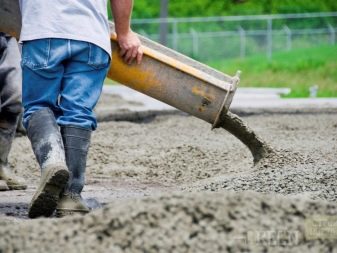
Sometimes alumina cement is needed for work. It is characterized by fast hardening - the design strength is achieved on average in 7 days.
Its other feature is its low deformability and fire resistance.Typically, this type of mixture is used for quick installation of foundations, as well as for the repair of underwater structures. For quick-drying cements, use the additional letter "B" in the marking.
Of course, the specificity of the additive always leads to an increase in the price of the cement. However, do not forget that such additives are used in small quantities and their use is economically justified.
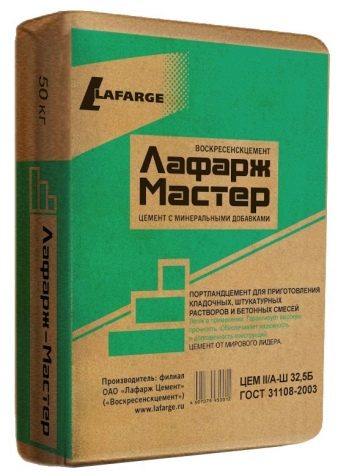
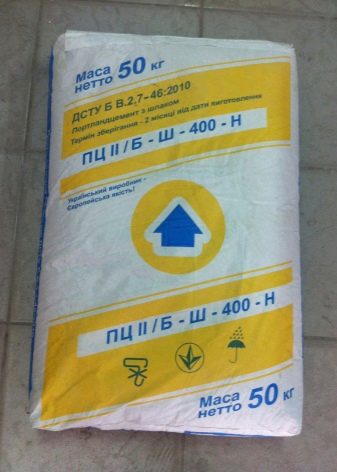
The characteristics of the cement are influenced by the conditions and shelf life after production. For example, the bulk density of fresh cement depends on the degree of grinding, but on average is 1000-1200 kg / m3. If the cement is stored in conditions that do not meet the manufacturer's recommendations, then it cakes to a density of 1700 kg / m3, and at high humidity it can weigh up to 3000 kg per cubic meter. This can lead to premature hardening or loss of strength properties of the concrete. Instead of a mass for active chemical interaction, an inert mineral crumb will be obtained.
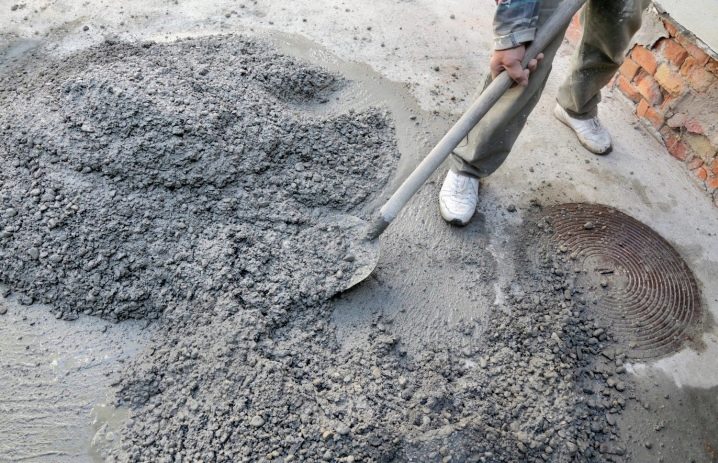
Cement is sold weighing up to 50 kg in strong paper bags. The package clearly indicates the brand of the mixture, recommendations for use, as well as the batch number and production date. It is the freshness of the cement that guarantees the quality of future products. Therefore, you should choose packaging with a release date as late as possible.
Looking at the date of production, it should be borne in mind that every 3 months cement loses about 15% of its original properties. If, however, old cement is still used during construction, it is necessary to provide for its increased consumption to obtain concrete of a given strength.
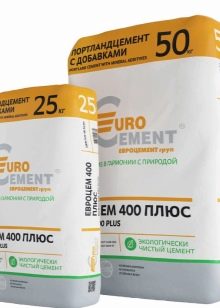
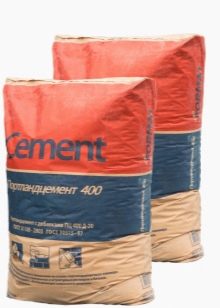
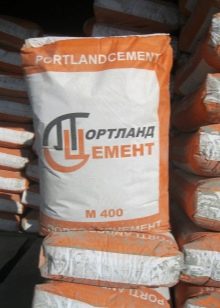
Bulk technical cement is also sold. It is more convenient to purchase it for large volumes of work. Its cost is 15-20% lower than packaged. This is due to both the lack of packaging and the large volumes of purchases. However, with bulk mix, it is more difficult to track the date of manufacture, and, consequently, the quality of the starting material.
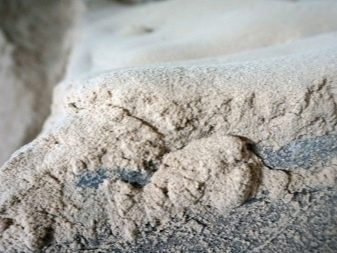
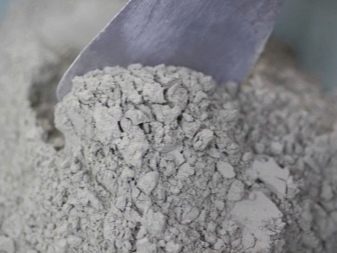
Manufacturers
Cement production facilities are located in almost every region of Russia. The proximity to the manufacturer will significantly reduce the cost of transporting large quantities of cement. In addition, at regional factories, various substances are added to cement that improve the physical and mechanical properties of structures, taking into account the peculiarities of the weather and water conditions of the area.
Here are some examples of businesses located in different regions:
- Association "Yakutcement" - Republic of Sakha.
- Podolsk Cement Plant - Podolsk, Moscow Region.
- Teploozersk Cement Plant - Jewish Autonomous Region.
- Novotroitsk Cement Plant - Orenburg Region, Novotroitsk.
- Verkhnebakansky cement plant - Krasnodar Territory, Novorossiysk.
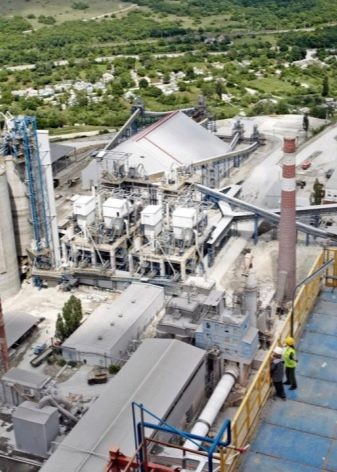
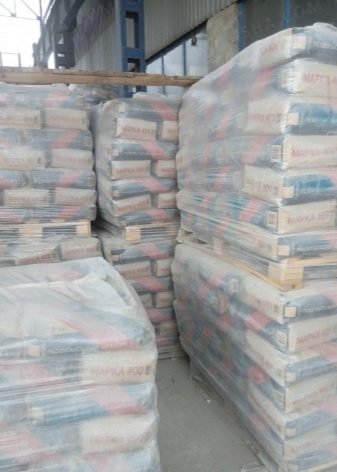
There are dozens of similar enterprises. There are also large manufacturers on the market, known throughout Russia and even in Europe. For example:
- "Mordovcement" offers the 400D20 brand in 40 kg bags. This product has increased corrosion resistance and is more frost resistant. The average price is 200-230 rubles.
- "Eurocement" unites in itself a group of manufacturing enterprises, therefore it offers a wide range of products. Cement M400 can be bought in packages from 25 kg to 1 t. Price - about 220 rubles. for 50 kg.
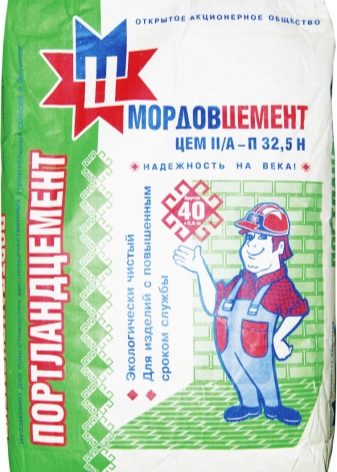
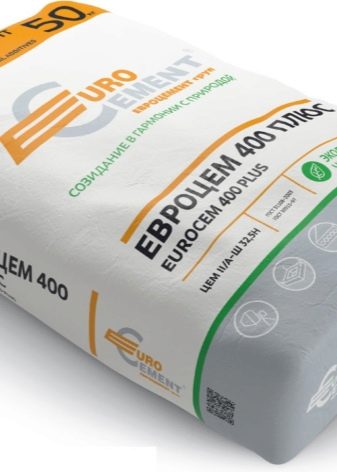
Scope of application
М400 is a universal grade cement. It is used in the construction of low-rise buildings, underground and underwater structures, for plastering and decoration of external and internal walls of premises. The main advantages of this mixture are:
- Ease of use and low requirements for breeding and use. It is enough to follow the instructions on the manufacturer's packaging to get a high-quality solution and a good surface of the finished product.
- The relatively low cost of the mixture and its availability. You can buy an M400 bag in any construction department, the difficulty can arise only when choosing one of the many manufacturers.
- Good operational durability of products.Even if small deviations from the technology of preparation or placement of cement were allowed, cracks on the surface are unlikely to occur.

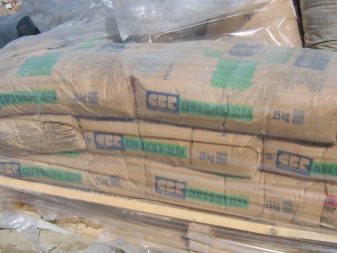
- The temperature range in which concrete products can be operated without damage is from -60 to + 300C, which provides the widest range of applications for this brand of cement.
- Minimal shrinkage during hardening. This very important property will allow you not to make a mistake in the dimensions when pouring the foundation or making any other product. Also, the small amount of shrinkage guarantees the absence of cracks on the surface of the product.
- Cement of this brand hardens rather quickly. The hardening time is sufficient to complete all work with the mixture (mobility is lost after about 6 hours), but the product acquires its final strength in a couple of weeks. With an increase in temperature or humidity, the hardening reaction of concrete from M400 cement is accelerated.
- The possibility of using different additives gives the mixture plasticity, corrosion resistance, the ability to harden more quickly and other useful properties.
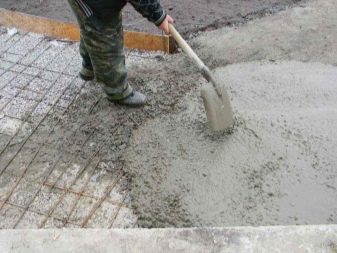
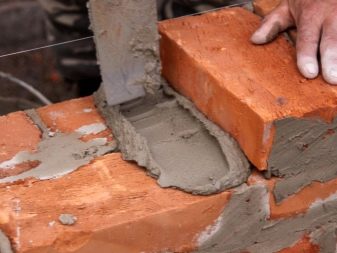
However, with all the benefits of this cement, it should be remembered that for the construction of multi-storey buildings and structures bearing an increased load, it is better to use more durable grades (for example, M500).
Usage tips:
- To prepare a concrete solution, it is necessary to dilute the cement with water in a 2: 1 ratio, that is, the mass of water is approximately half of the weight of the cement. Water should not have impurities, dirt, branches and large inclusions - this will reduce the strength of the finished concrete. And it is very important not to add water to the ready-made mixture.
- The remaining components of the solution - crushed stone, sand and filler - must also be free from dirt and uniform in size. It is better to use crushed stone of two fractions - large and small, this will give the concrete additional strength.
- There is no need to buy cement long before work is done. In the warehouse of the manufacturer or supplier, as a rule, proper storage conditions for the mixture are provided - temperature and humidity are controlled. Storage at home or in a garage does not guarantee the same conditions. In addition, the shelf life of M400 cement is short - as a rule, from 6 to 12 months. High humidity can negatively affect the strength of the cement and the quality of its mixing into concrete.


- There are approximate values of cement consumption: for example, to obtain 1 m3 of concrete, it is necessary to take from 180 to 260 kg of M400 material, depending on the required strength of the final solution. The recommendations on the packaging will give you more accurate values.
- When deciding on the cement consumption, it is important to take material 10-15% more of the estimated amount. In this case, it is advisable to buy material from one batch and from one supplier and immediately use it for its intended purpose. You can check with the seller if the surplus cement can be returned.
- The amount of concrete that will be consumed in the next few hours, before the mixture hardens, should be mixed. Re-diluting the frozen mixture with water is useless, since chemical hardening reactions have already taken place in the mixture.
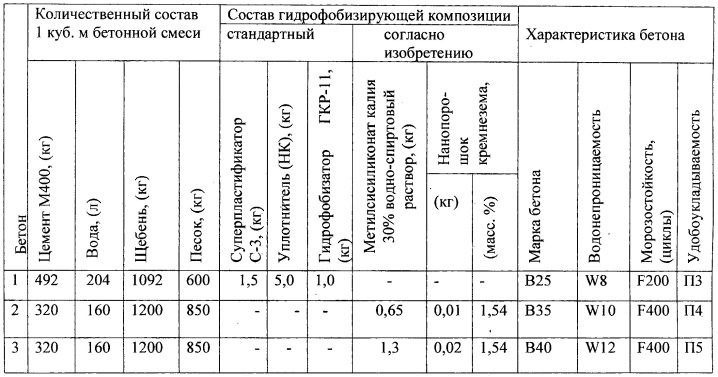
For information on how to choose the right cement, see the video below.













The comment was sent successfully.